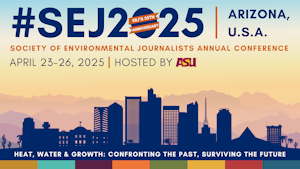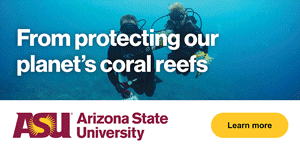Sewage Sludge Is Used As Farm Fertilizer. Some Neighbors Hate It
"When Leslie Stewart moved to her home in a rural expanse of Lincoln County outside of Oklahoma City more than 20 years ago, she thought she’d found a slice of heaven. ... But several years ago, her neighbor began applying sewage sludge, which consists largely of human waste left over from municipal wastewater treatment facilities, as a fertilizer on his farmland, causing a rancid smell so powerful it nearly took her breath away."














 Advertisement
Advertisement 



